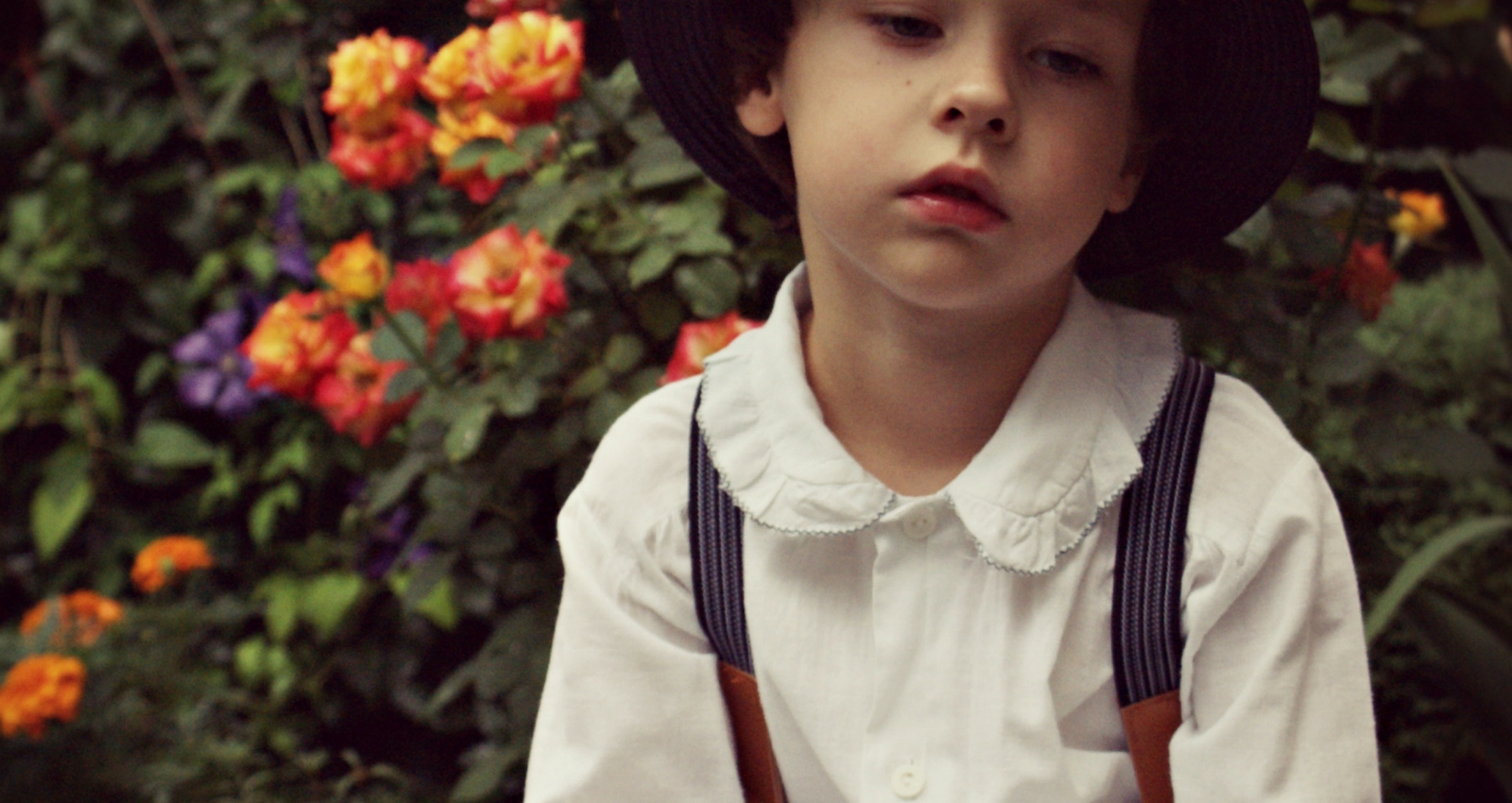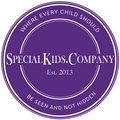
What are the 3 main signs of autism in children?
According to the National Autistic Society, “Autism is a lifelong developmental disability which affects how people communicate and interact with the world. One in 100 people are on the autism spectrum and there are around 700,000 autistic adults and children in the UK.”
It may be that your child’s teacher has approached you regarding your child displaying signs of autism or perhaps you have your own suspicions. Whatever the case, if you suspect that your child has signs of autism you should speak to a health professional such as your GP or child's Health Visitor so that steps can be made to assess your child and ensure that they have access to the right support.
A top tip - before speaking to a health professional, make a note of all of autism signs you have noticed and any questions that you may have. This will ensure that you don't forget anything.
The road to a diagnosis can sometimes take time but it’s important to remember that a diagnosis does not change the child that you love. A diagnosis can help people to understand your child’s behaviour better and ensure that they receive the correct support at school and that you receive support at home too.
Signs of Autism in children
Communication and Interaction Difficulties
Autistic children can have difficulties communicating with others. Autism is a spectrum disorder and as such the range of communication difficulties can vary greatly. Some signs include:
- Being non-verbal, having limited speech or losing words
- Repetitive speech – also known as 'echolalia'
- Finding it difficult to make eye contact
- Taking things literally
- Not seeking comfort in others and finding it hard to form friendships
- Appearing to be insensitive
- Appearing to behave in a way that is socially inappropriate
Sensory Processing Difficulties
Children with autism may have difficulties with sensory processing. They can be either over-sensitive or under-sensitive to the following
- Smells
- Tastes
- Touch and textures
- Light
- Colours
- Temperatures
- Pain
Sometimes this can be inconsistent and unpredictable. It can also be incredibly frustrating for everyone involved and very stressful.
Sensory issues can make certain environments very difficult for children with autism. For example, they might find a classroom too noisy. It can also make some things incredibly dangerous. If you have a child with a high pain threshold who also has no danger awareness it can be terrifying.
These sensory difficulties can lead to what is referred to as an autistic ‘meltdown’ or ‘shutdown’. These occur when something is completely overwhelming for a child. During a meltdown a child will lose control of their behaviour and might shout, cry and lash out. Whereas during a shutdown a child with autism becomes more passive and quiet.
Restrictive and Repetitive Behaviours
Restrictive and repetitive behaviours are also a common sign of autism. For example:
Restrictive behaviour
- Resistance to change
- Lack of interest or extreme interest in specific topic
Repetitive behaviour
- Repetitive movements, such as rocking back and forth, hand flapping and spinning.
- Staring at lights.
- Repetitive us of certain objects, for example flicking a switch, spinning something or opening and closing drawers/doors.
- Watching the same TV shows repeatedly.
- Lining up objects.
- The need for routine.
Quite often children with autism use restrictive and repetitive behaviour as a way of self-regulating and keeping calm when they feel stressed. ‘Stimming’ (stimulating behaviour) can also be enjoyable for them.
We hope that you have found this blog helpful. Try to remember - "autism is like a rainbow. It has a bright side and a darker side. But every shade is important and beautiful.” – Rosie Tennant Doran.

